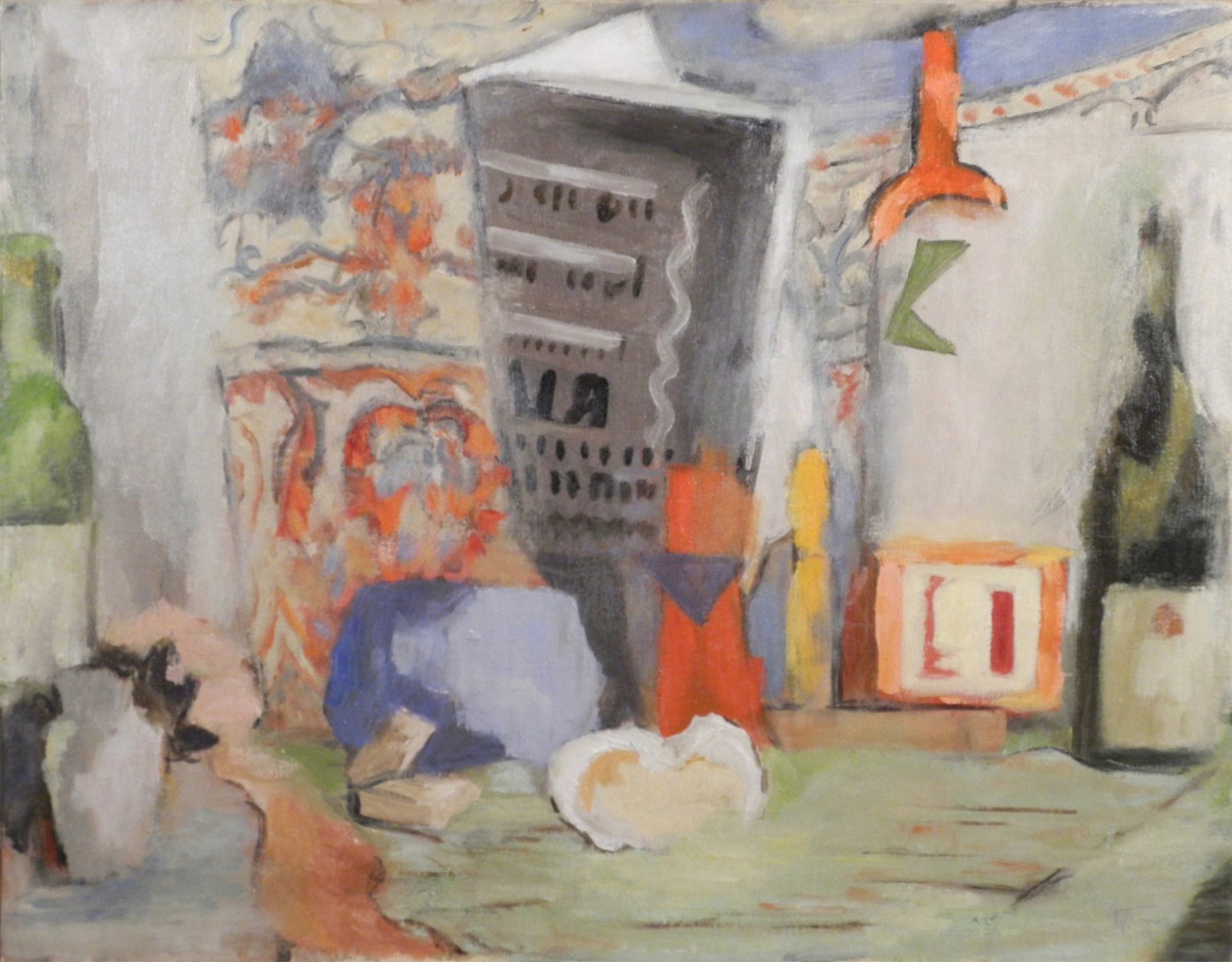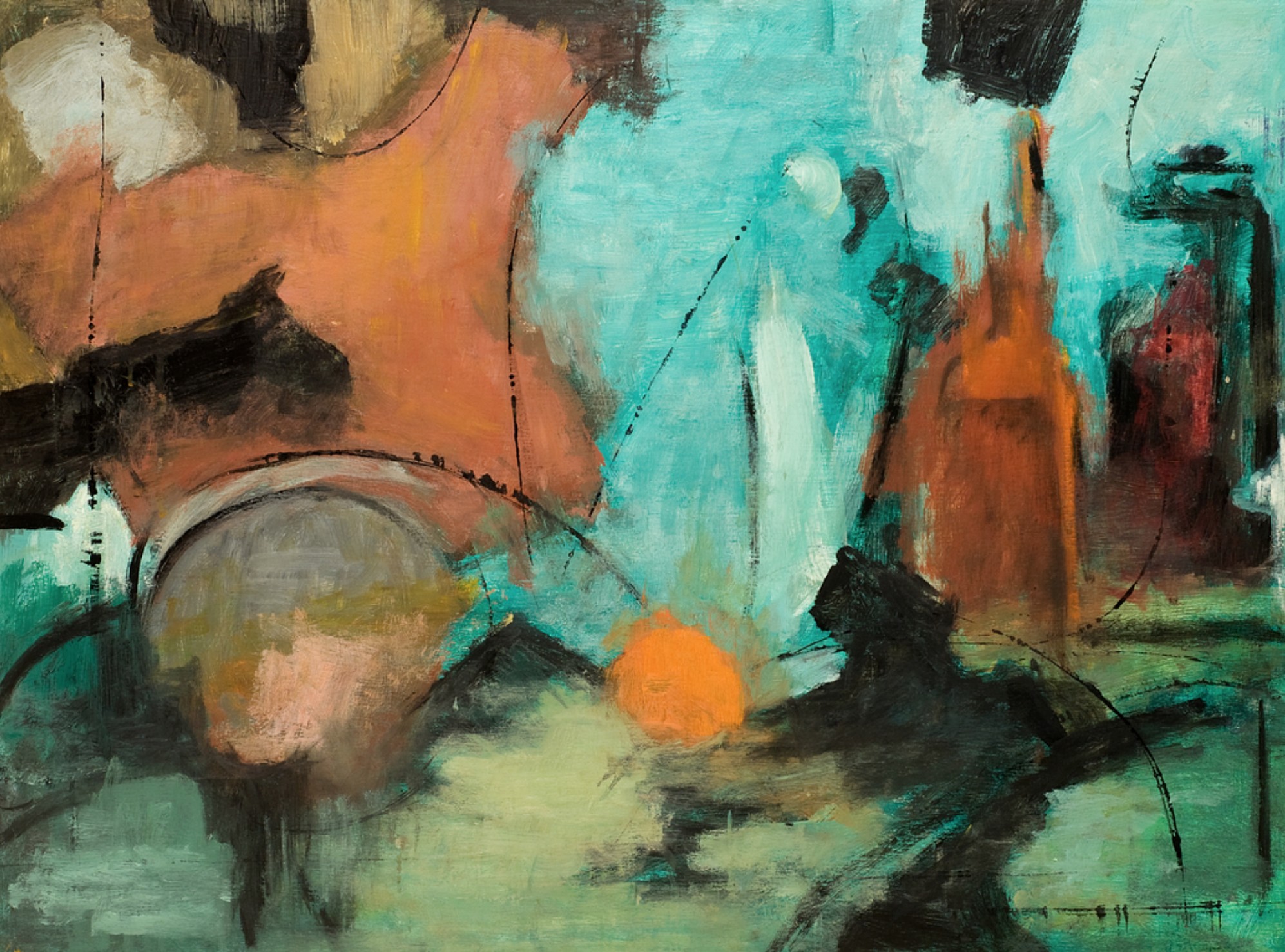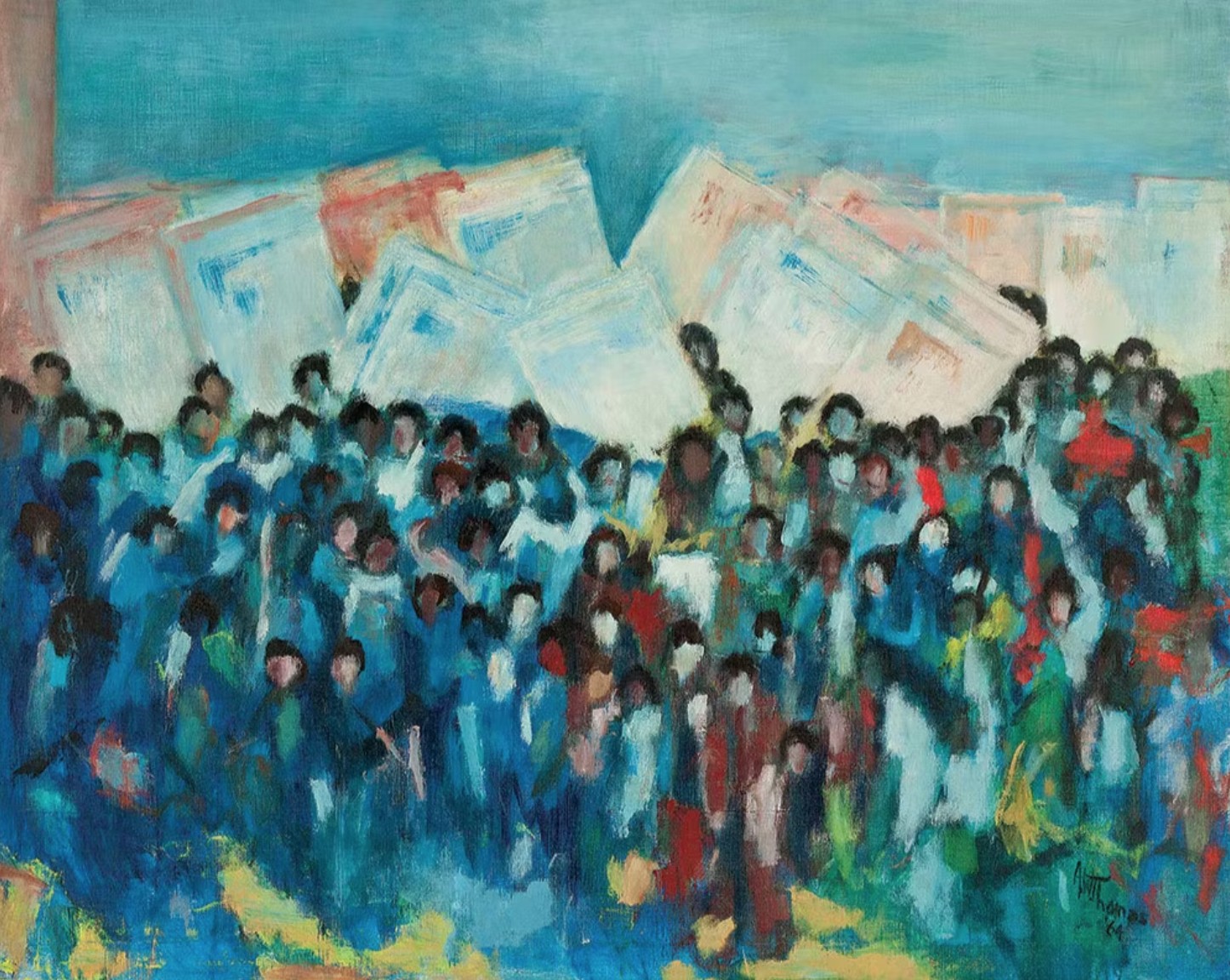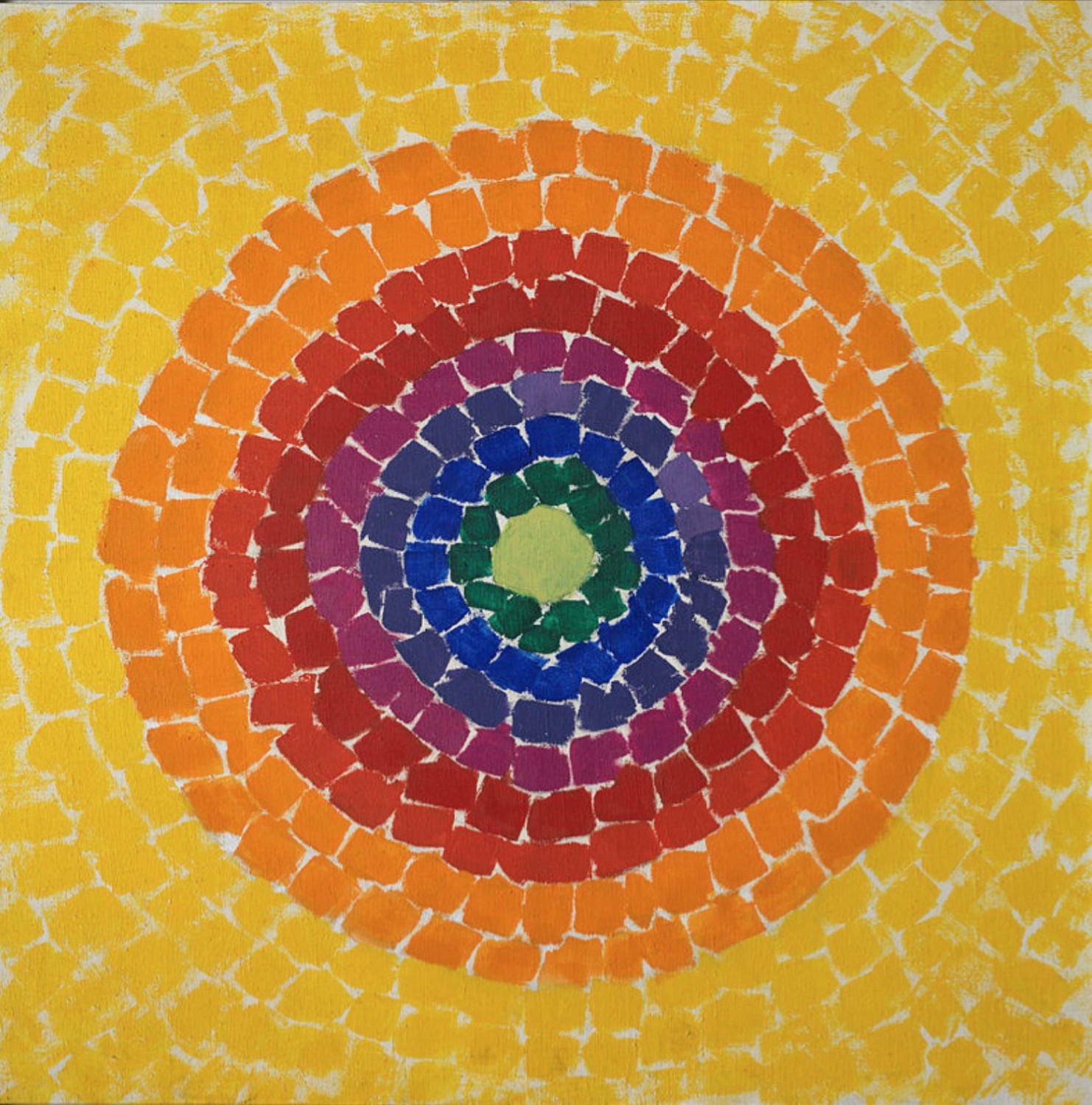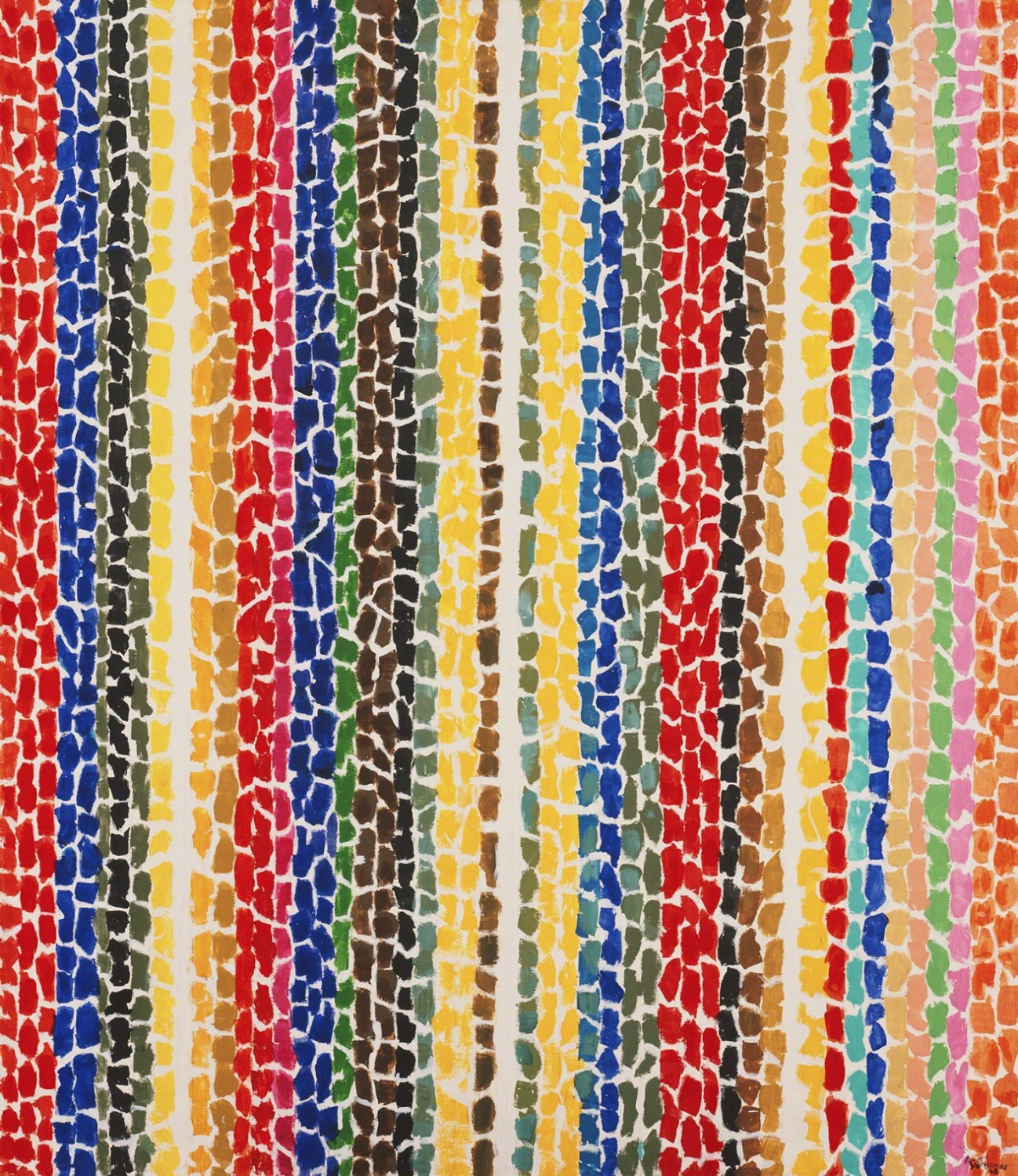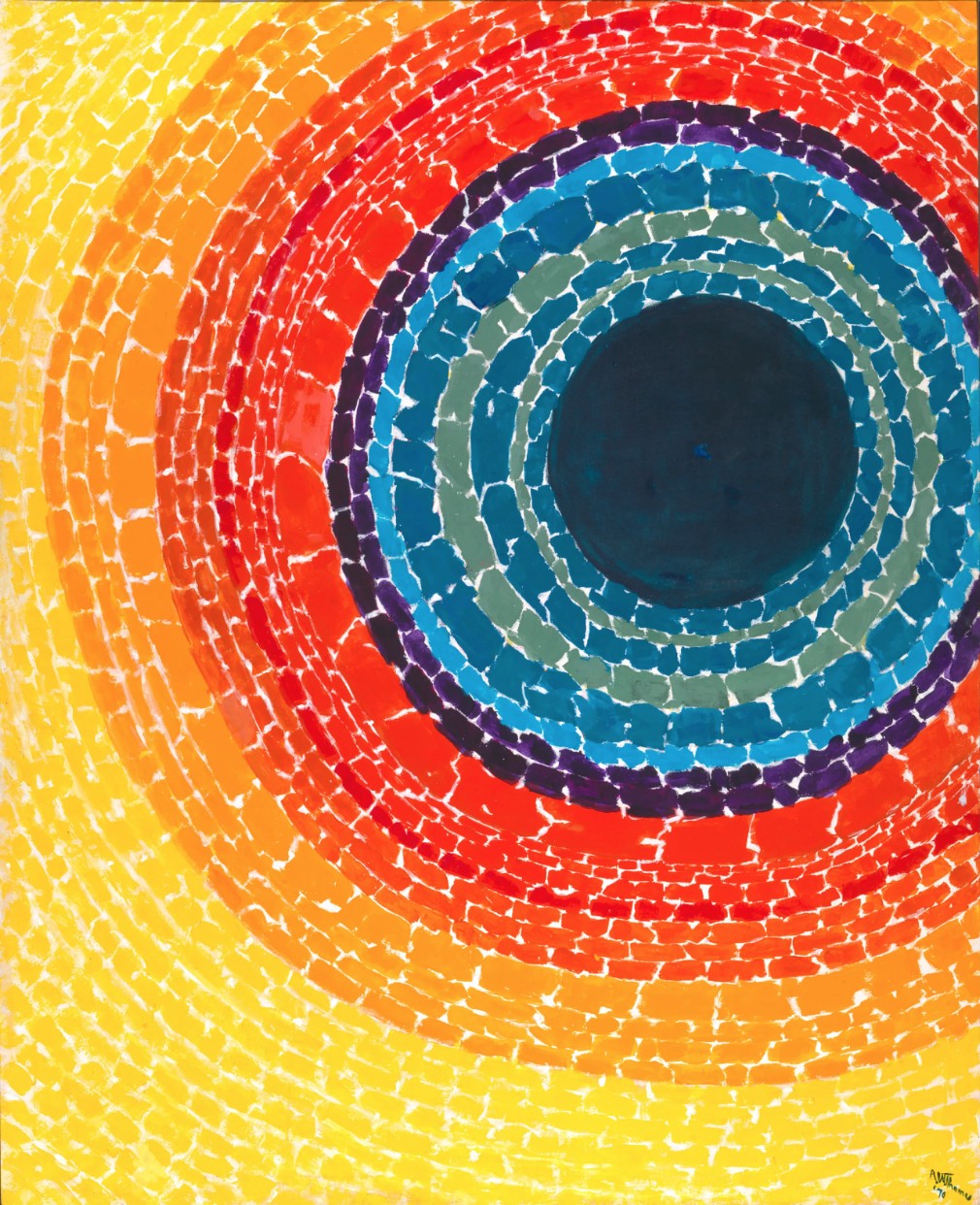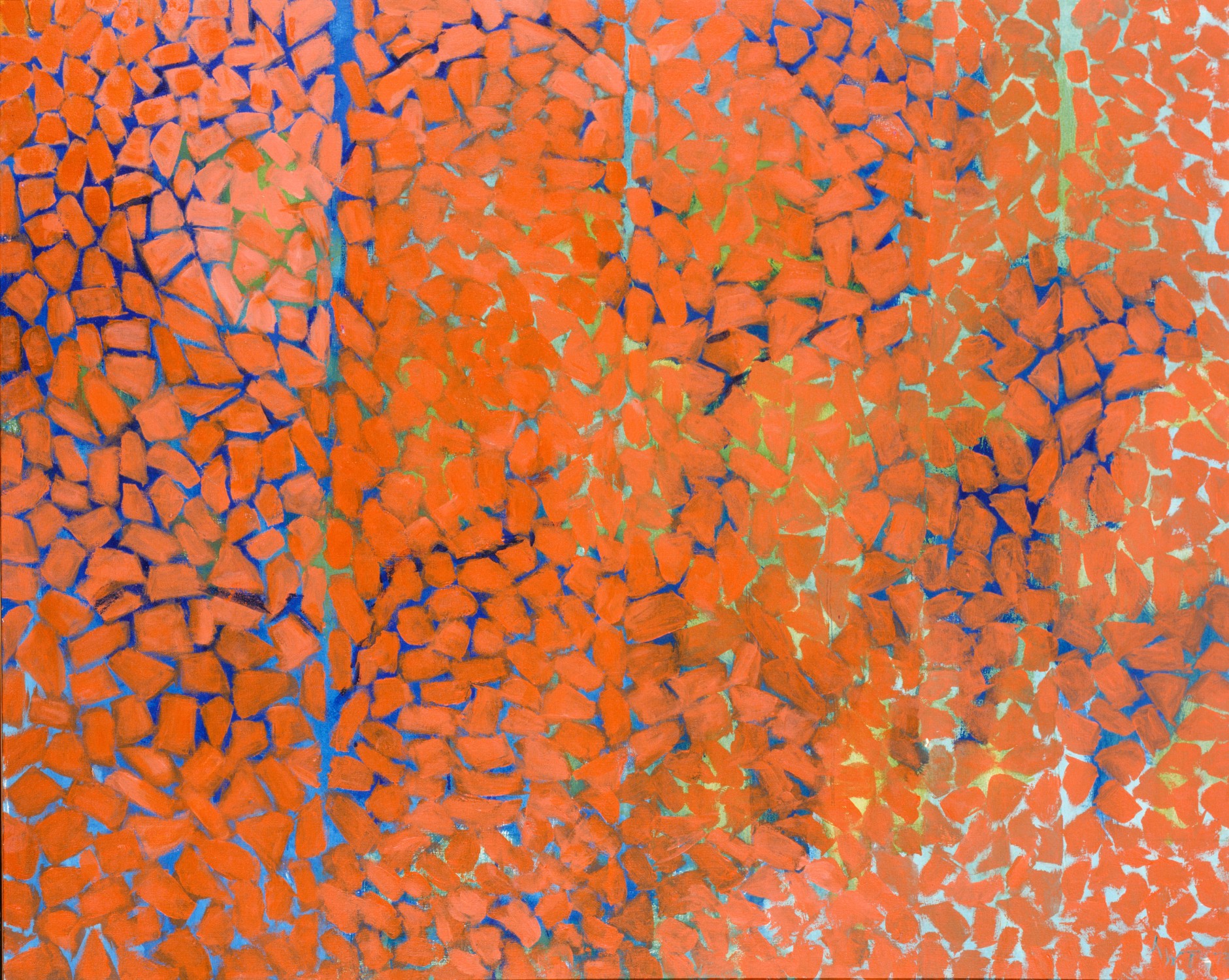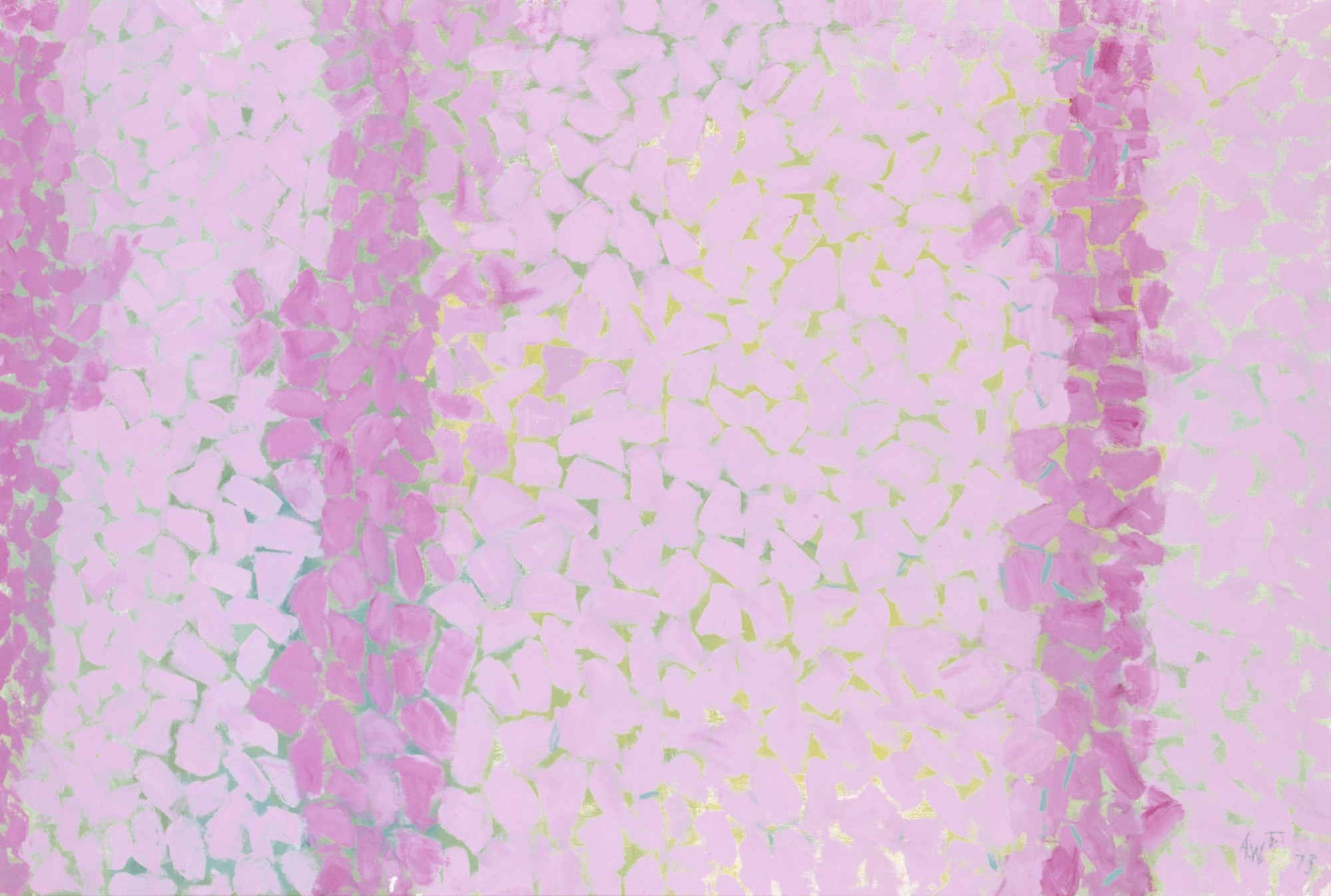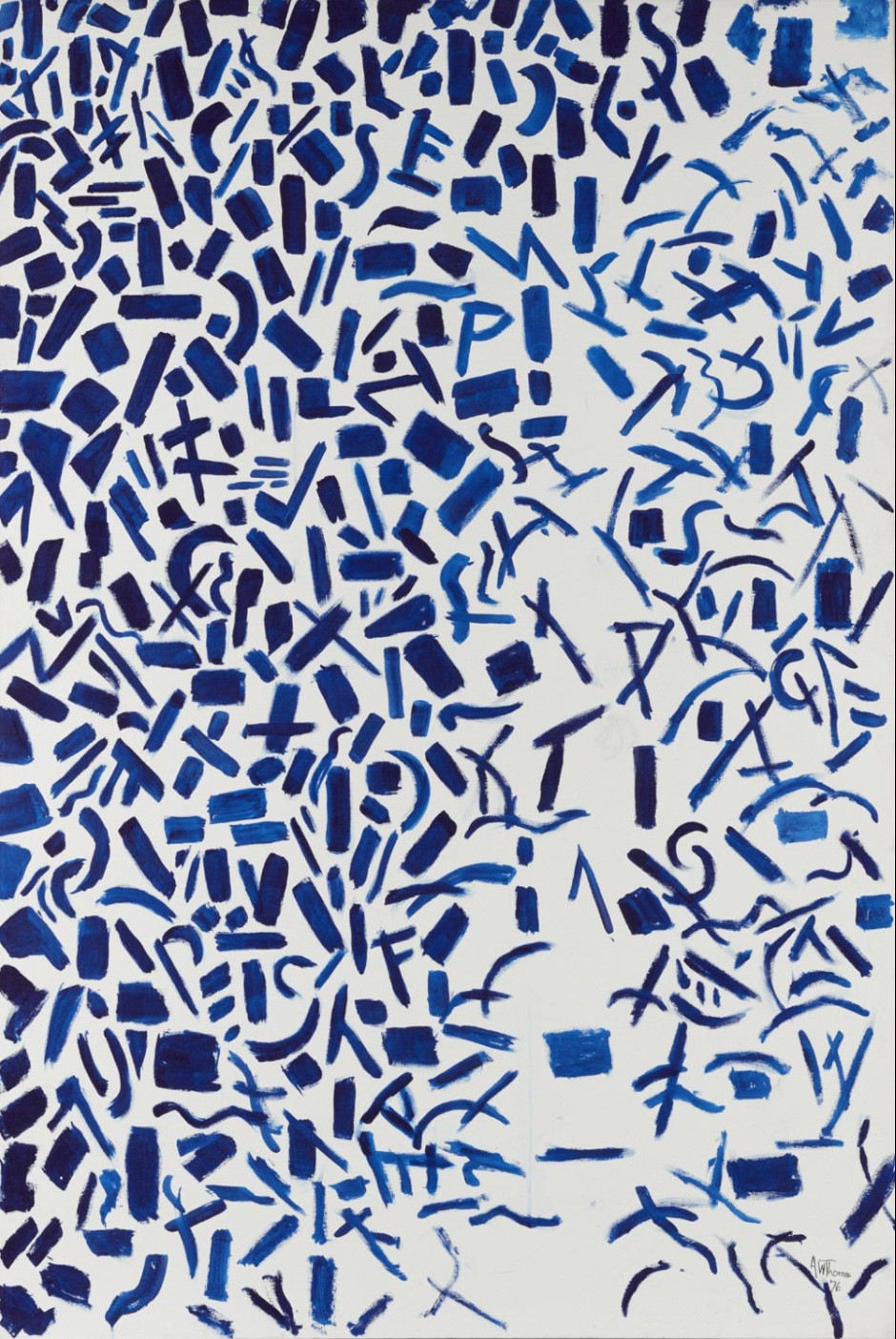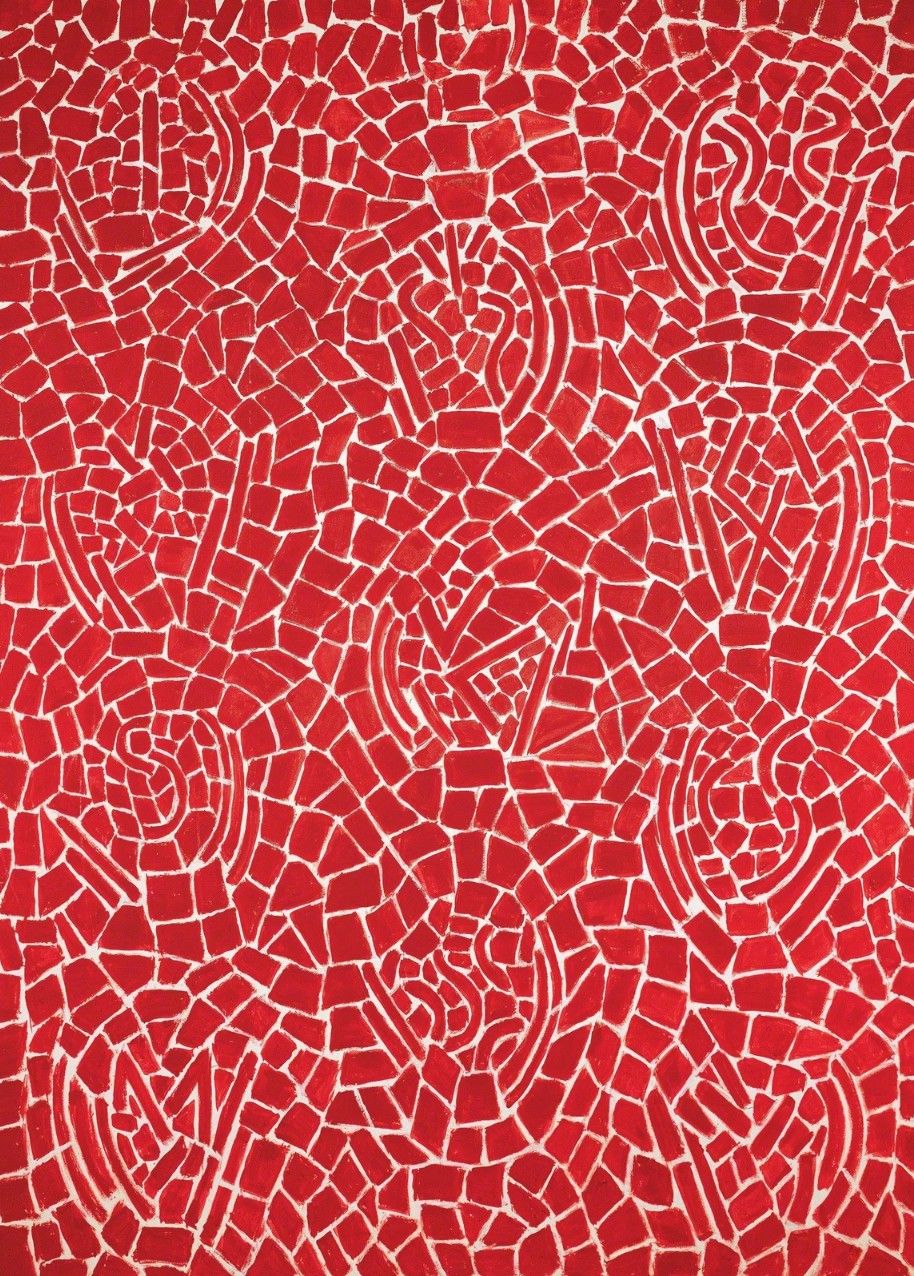Alma Thomas - Color is Life
Alma Thomas (American, 1891 - 1976), an innovative abstractionist, created mesmerizing, colorful paintings during the 1960s and 70s after she had retired from a long career as a public schoolteacher. Though the artist was born in Georgia, Thomas’ family moved to Washington, DC, when she was a teen in order to avoid racial violence and in search of educational opportunity for Alma and her sisters. In 1924, Thomas became a junior high school art teacher in a Black school in segregated Washington. She started an art club for the students and established the first art gallery in a Washington public school. Thomas remained an art teacher at the same school until her retirement in 1960 at the age of 69. Throughout her years as a teacher, she was a valued member of the Washington art community and spent her summer vacations traveling and visiting museums.
An artist of firsts, Thomas was the first graduate of the new art degree program at Howard University (1924); she was a founding vice president of the Barnett-Aden gallery, the first to exhibit Black and white artists together and one of the first successful Black-owned galleries in the U.S. (1943); also, the artist was the first Black woman to have a solo exhibition at the Whitney Museum of American Art (1972); and finally, her painting Resurrection was the first by an African American woman to become part of the White House collection (2015).
In 1950, Thomas formally began studying painting in the art program of American University, at the time considered one of the most avant garde schools in the country. Taking evening and weekend classes, the artist’s style gradually evolved from figuration to Cubism to Abstract Expressionism and finally to the introduction of the bright colors for which she later became known. As she developed her distinctive application of patches of vivid color, Thomas also became interested in color theory, especially the power of color to affect emotions. The artist's emphasis on abstraction led to some criticism of her work, as many Black artists of the time believed that it was their responsibility to use their art to express racial protest. For Thomas, the job of the artist was to express their inner vision. Thomas said “Through color I have sought to concentrate on beauty and happiness in my painting rather than on man's inhumanity to man.”
Thomas' mature works were created when she was in her 70s and 80s, and her painting was affected by her increasing difficulty standing, holding a pencil or brush, and working on a large scale. After being assisted in purchasing supplies and preparing her large canvases, she laid her canvases on a table and wedged her body between two tables to support herself as she painted. She rotated her canvases so that she could create the balanced and often symmetrical compositions for which she is known. Though earlier works contain many pencil marks to indicate the artist’s plan for the work, she abandoned this under-drawing as it became too painful to hold a pencil. Thomas died in 1978 at the age of 86.
Through all of the challenges in her life, Alma Thomas persevered. The inspiration that she found in nature, space exploration, and music led to a body of energetic vivid paintings and her reputation has grown in the decades since her death. The Smithsonian American Art Museum in Washington, DC is currently exhibiting the artist’s work in "Composing Color: Paintings by Alma Thomas." Drawn from the museum’s collection of 30 works by the artist and from loans from museums and private collections, the exhibition continues until August 4, 2024. https://americanart.si.edu/exhibitions/alma-thomas
Please share your comments and questions on Substack.
If the caption obscures part of the artwork, click on the image to turn off the caption.
